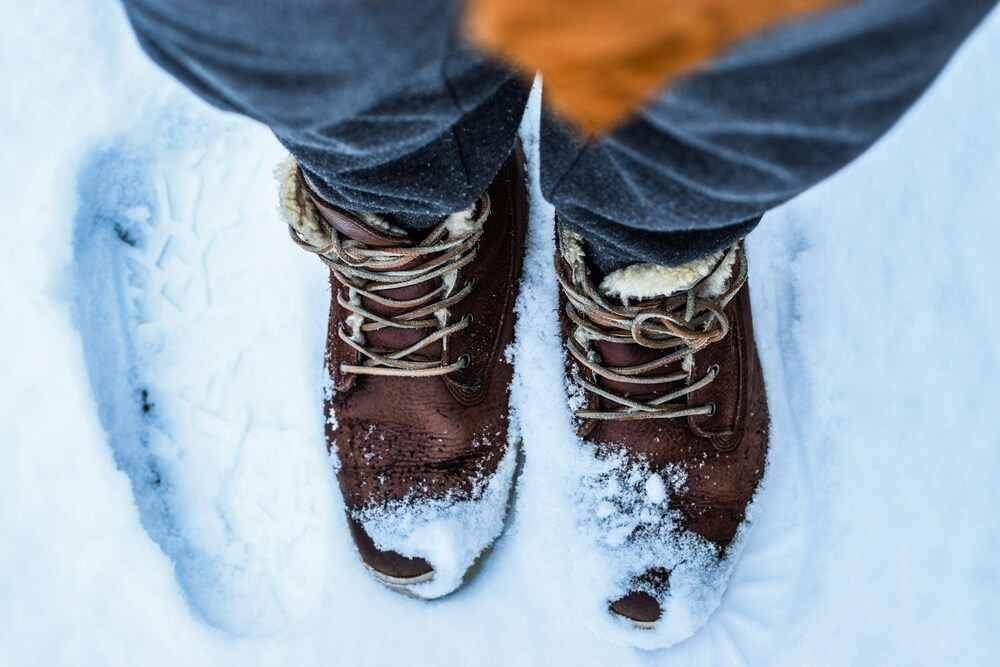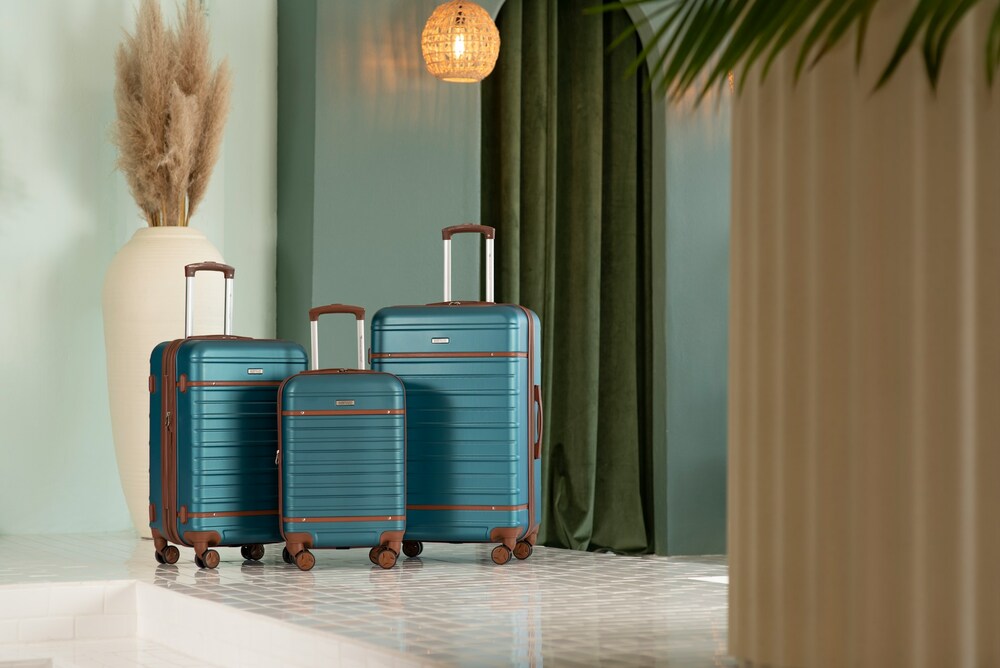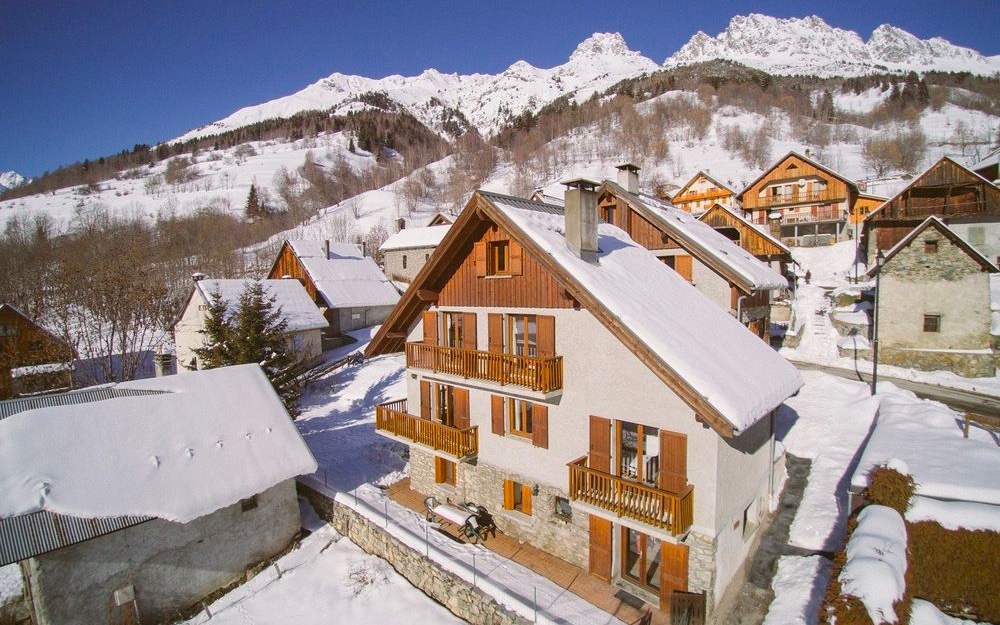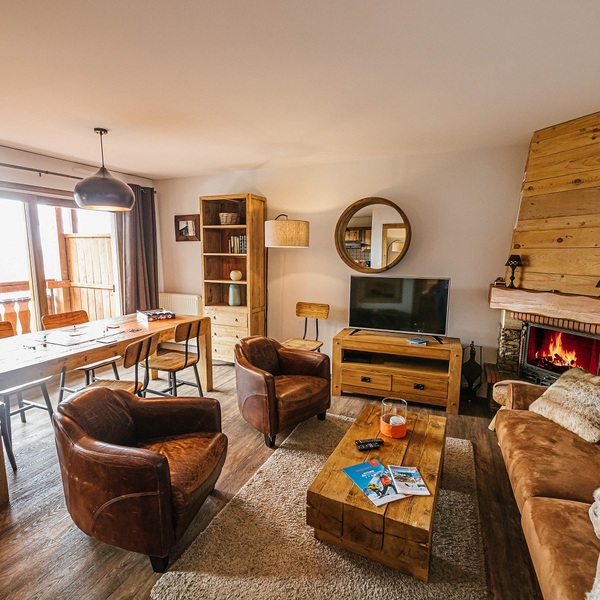In 2023, around 86 million Britons travelled abroad, many to popular winter sports destinations. However, the dilemma of limited luggage arises when deciding to travel to snowy areas, as bulky ski equipment takes up a lot of space. Ski boots, in particular, which are often particularly bulky and heavy, take up a lot of space in the suitcase. This often results in additional fees from the airline and hassle when packing.
Not all ski resorts are the same

Ski resorts in France offer an enormous variety of terrain, which places specific demands on the equipment. For example, resorts like Alpe d'Huez are considered to be true paradises for all fans; from deep-snow powder hounds to gentle entertaining intermediate slopes. The conditions in these high-alpine areas for the backcountry riders require special skis designed for powder snow, as well as thick, insulated clothing to protect against icy winds. In addition, ski goggles with a high protection category and helmets should not be missing in order to be safe from strong sunlight and possible falls in rough terrain. Are you ready to go skiing? Let us know your dates and we'll provide some accommodation options
Different equipment for various resorts
While robust and warm ski equipment is required in most places of Europe, the situation in the UK is different. Ski resorts such as the Cairngorms in Scotland offer comparatively gentler slopes and changeable weather, ranging from mild temperatures to heavy rainfall. These conditions require waterproof and breathable clothing, as well as all-round skis that work well on firmer slopes.
The three-shoe rule

With a little forward planning, you can take three pairs of shoes on your winter holiday. The three-shoe rule shows just how little you actually need. First, you need a pair of walking shoes that can keep the snow and wtness out and keep you warm at the same time. moon boots are perfefct to keep your feet warm in snowy and freezing temperatures. These are ideal for snow-covered mountain villages or long walks in the snow, as they insulate well and protect against the cold. Their non-slip soles provide safety on slippery surfaces, and thanks to the soft inner lining, feet stay comfortably warm even after hours outdoors.
As a second option, slippers or lightweight flip-flops are sufficient. These are mainly used in the accommodation in the evening, for example after a day on the slopes or when relaxing in the sauna. Slippers are particularly useful in chalets or mountain huts, as they keep your feet warm without compromising on comfort. Flip-flops, on the other hand, are ideal if you plan to visit a wellness area or spa.
The perfect choice for chic evenings
For the evenings, a third pair of shoes is needed. A sturdy, elegant shoe that is both functional and stylish rounds off the trio perfectly. A waterproof Chelsea boot or ankle-high lace-up shoe is a good choice here. These shoes are robust enough to withstand snow and slush. At the same time, they offer enough style to cut a suitable figure on a stroll to dinner.
Baggage check-in and clever packing for the plane

If you travel by plane for your winter holiday, you are familiar with the challenge of limited baggage. Airlines usually allow 23 kg of checked baggage and up to 10 kg of hand luggage. The maximum dimensions for hand luggage are 56 x 45 x 25 cm. Winter boots or ski boots not only take up a lot of space, they are also heavy.
Practical tips for extra space
Carrying bulky shoes creates additional space in your luggage for lighter items. There is then space in your hand luggage for compact items such as flip-flops or slippers. What's more, packing correctly saves space. Shoes can be filled with socks or other small items of clothing, for example, to make the best use of space.
Care tips for long-lasting shoes on your winter holiday

To ensure that your shoes are always ready for use during your winter holiday, proper care is essential. Winter conditions such as snow, wetness and temperature fluctuations take a heavy toll on the material. It is particularly important to dry your shoes after a long day outdoors. According to the BBC, it is advisable to dry wet clothing and shoes at room temperature to allow moisture to escape evenly and not damage the material. This method prevents shoes from becoming brittle and cracking due to rapid heat exposure.
A tried and tested trick is to fill the shoes with newspaper, which absorbs excess moisture and helps to maintain the shape. Shoes should never be placed directly on heaters, as this dries out the material and can damage it.
Tagged with;















